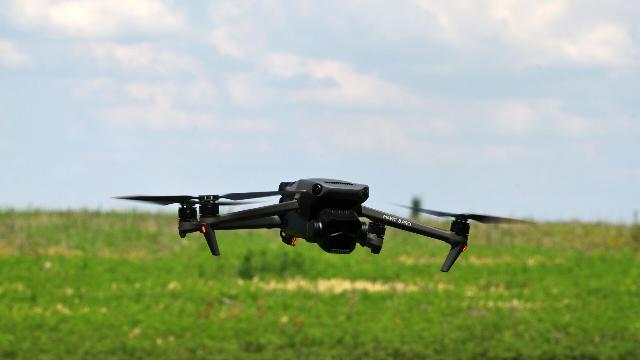MOSCOW, Aug 27 – RIA Novosti. A security system for unmanned vehicles using blockchain and cryptography technologies has been developed by GUAP specialists. According to them, the development avoids attacks on the "brain" of drones, the university's press service reported.
Unmanned systems (cars, trains, and aircraft) are based on a neural network and datasets on which the network is constantly being trained. These elements must be protected from attacks that can lead to a change in the "behavior" of the vehicle and, as a result, to accidents.
To ensure the security of the neural network itself and its training datasets, GUAP researchers have developed protocols based on various cryptographic algorithms, which guarantees reliable data collection, storage and processing. When creating protocols, according to scientists, open and private blockchain technology was used, which works on the principle of a matryoshka doll and allows storing and transmitting information in the form of a sequence of blocks, each of which contains a link to the previous one, which protects data from modification and falsification.
The key feature and potential advantage of the development is the use of various digital signature algorithms, which are necessary in order to avoid substitution of the neural network in the vehicle. For example, to confirm that the network is designed specifically for this drone, experts suggest using an attributive signature. It contains the distinctive features of a particular vehicle, so its authenticity is easy to verify.
Security, according to the researchers, is also provided by effective consensus schemes based on a voting system, that is, before launching an unmanned device, most developers must put their electronic signature confirming the operability and serviceability of the neural network.
The university noted that the results obtained can be applied in Internet of Things/IoT systems (a global network that allows "smart" devices to interact with each other). This will significantly improve the effectiveness of the relevant services' response to events in the IoT, as well as verify the reliability of information received from these systems.
At this stage, researchers are faced with the task of developing a more effective event verification protocol using elements of the IoT infrastructure, taking into account the changing level of trust in each of the participants and observers of the event involved in the protocol of its fixation and verification.
The study was conducted within the framework of the Priority 2030 program, which is a participant of the St. Petersburg State University of Aerospace Instrumentation.

